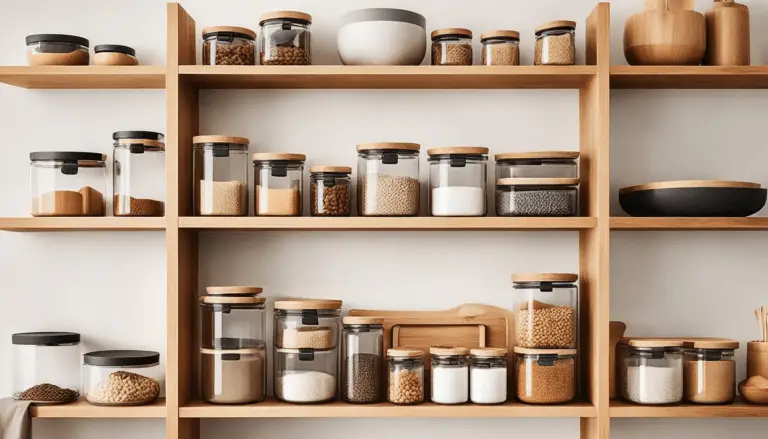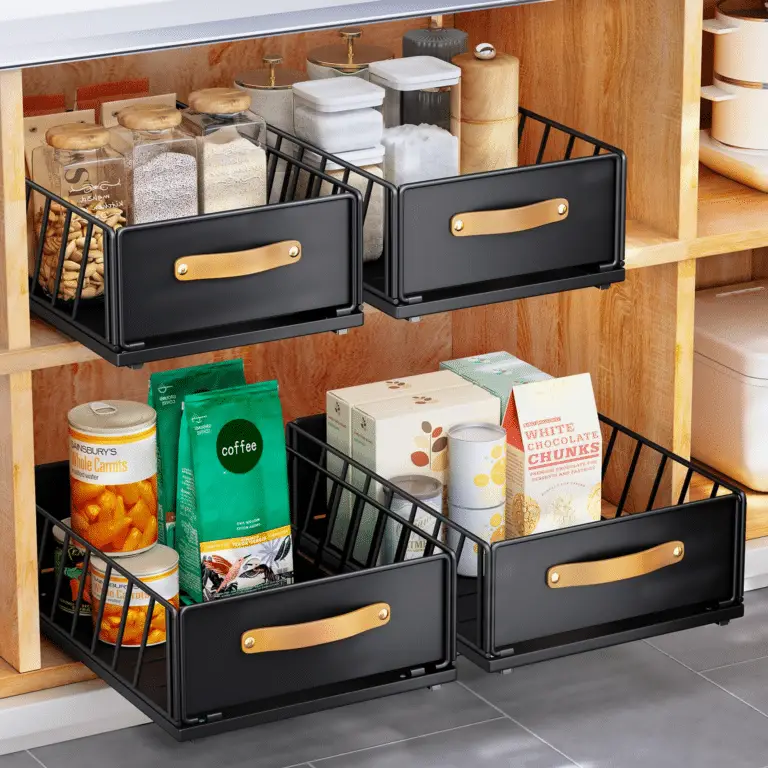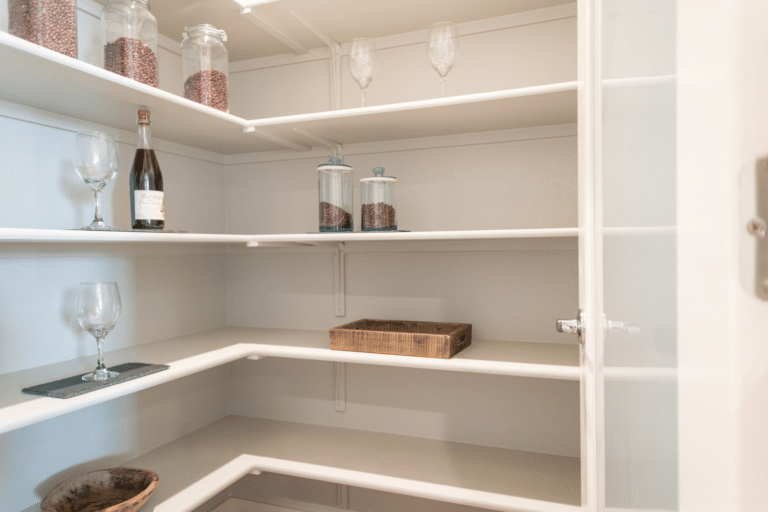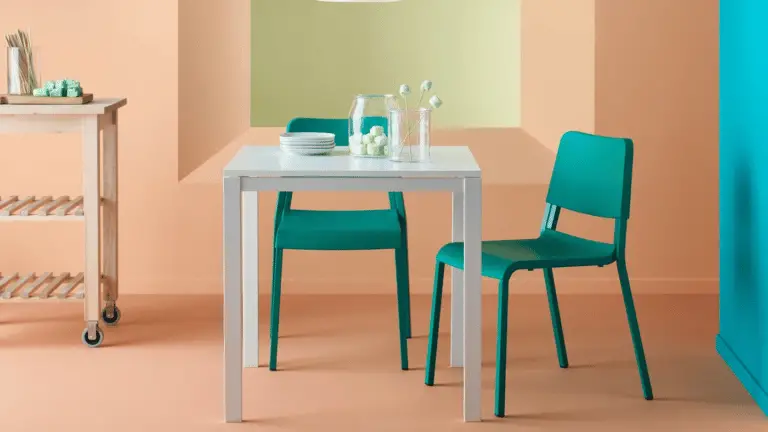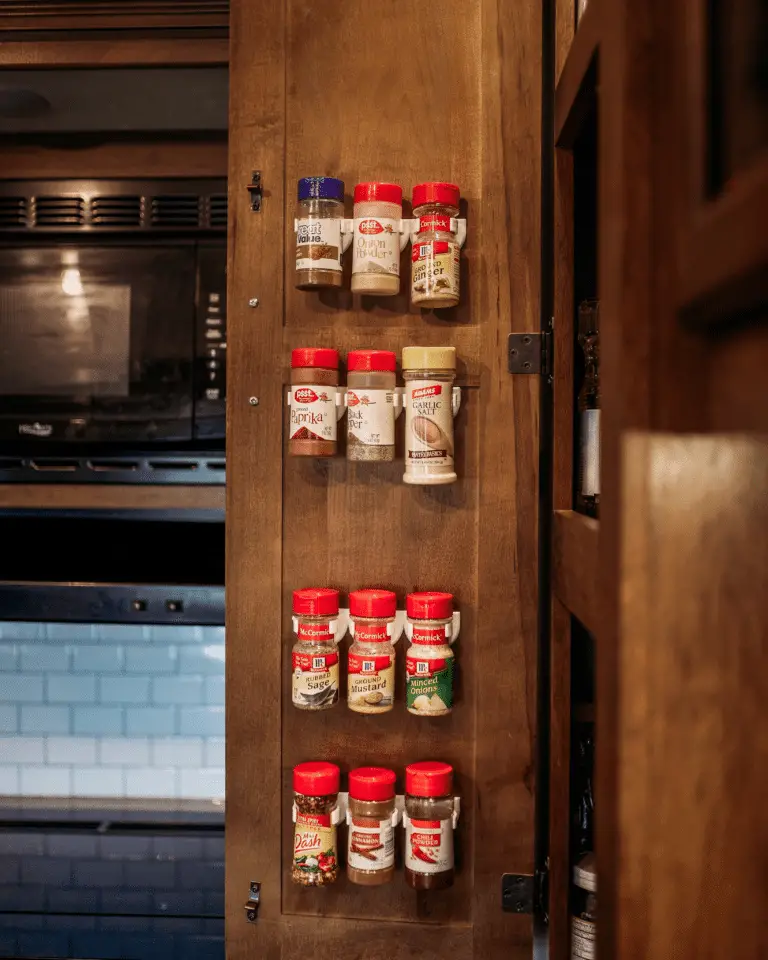Hey there, have you ever struggled to find that one can of tomatoes buried deep in your pantry? Or maybe you’ve accidentally let some canned goods go to waste because they got lost in the clutter? In this post, we’re diving into the world of organizing your canning pantry.
From maximizing space to classifying goods and maintaining hygiene, we’ve got all the tips you need to keep your pantry efficient and clutter-free. Let’s get started on transforming your canning pantry into a well-oiled machine!
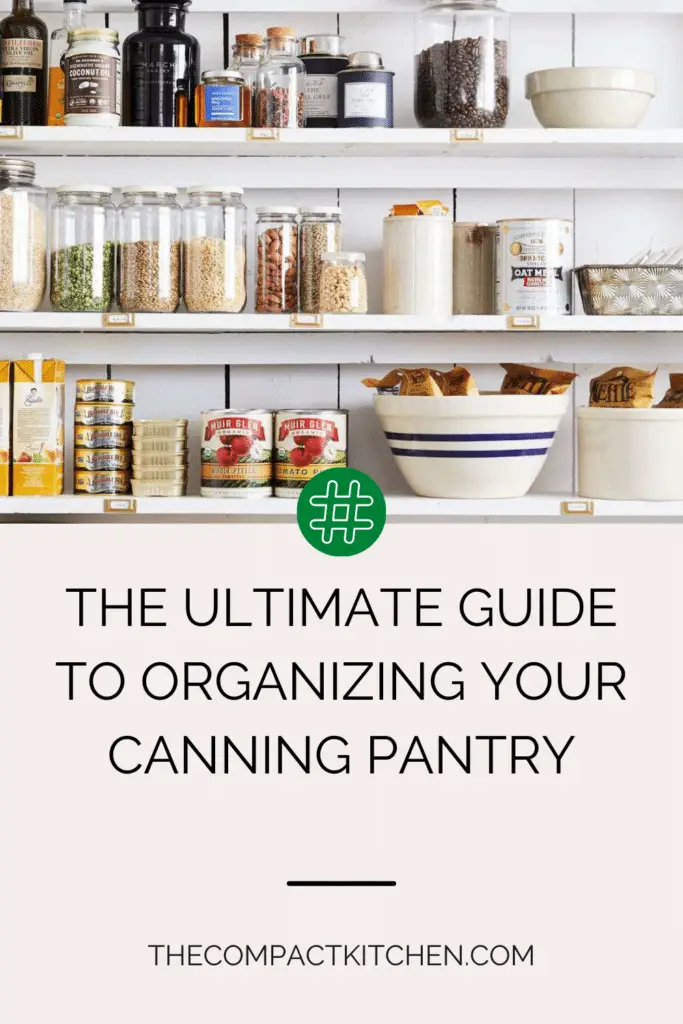
Significance of Proper Organization in Canning Pantries
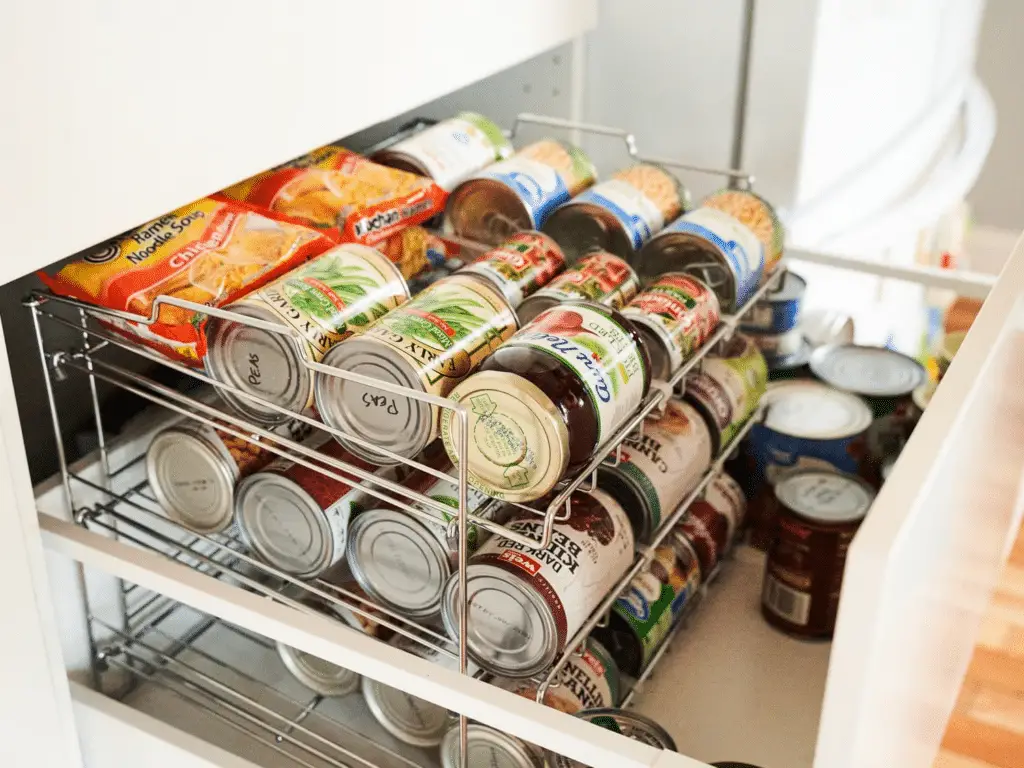
When it comes to organizing your canning pantry, efficiency and waste reduction should be top priorities. A well-structured pantry not only helps you easily locate items but also ensures that you rotate through your canned goods effectively. Without proper organization, you may find yourself accidentally neglecting certain items, leading to wasted food and money.
Importance of an Efficiently Organized Pantry
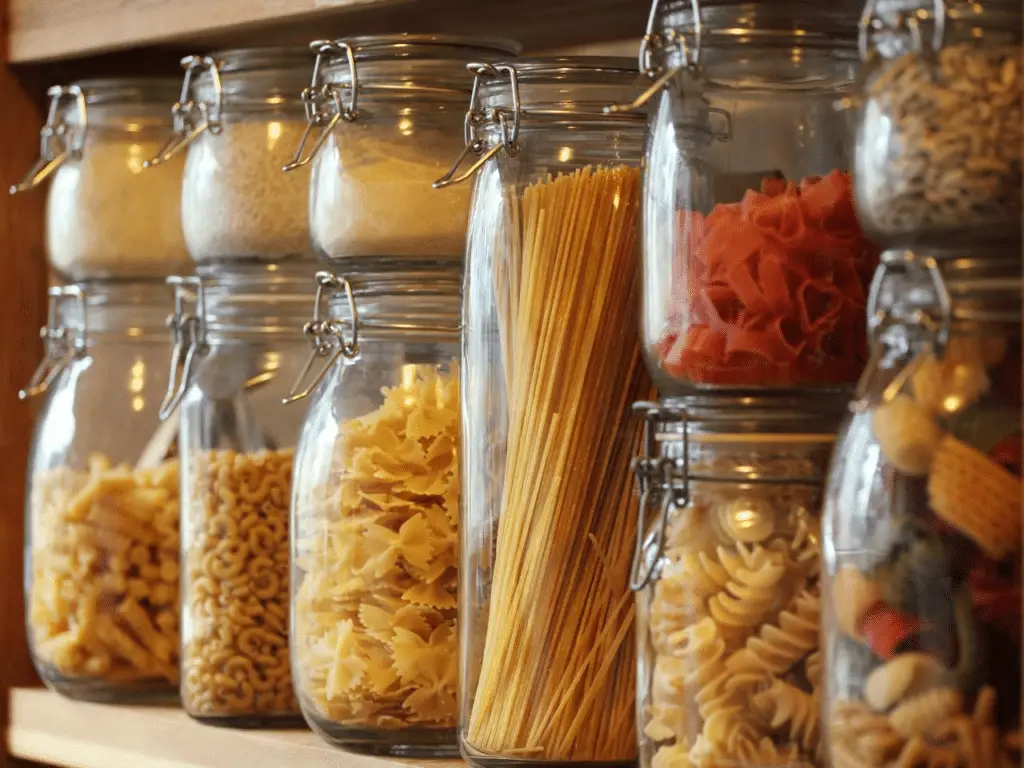
Imagine trying to find a specific canned good in a messy pantry filled with items haphazardly thrown together. The frustration of searching through cluttered shelves can be avoided with a properly organized space. By knowing exactly where each item is located, you can save time and energy when preparing meals or restocking your pantry.
Impact of Good Organization on Food Rotation
Properly organizing your canned goods also aids in effective food rotation. By clearly labeling and organizing items based on their expiration dates, you can ensure that older items are used first, preventing any food from going to waste. This practice not only helps you maintain a well-stocked pantry but also promotes pantry hygiene by minimizing the risk of expired items lingering on your shelves.
Maximizing Pantry Space for Canning Storage
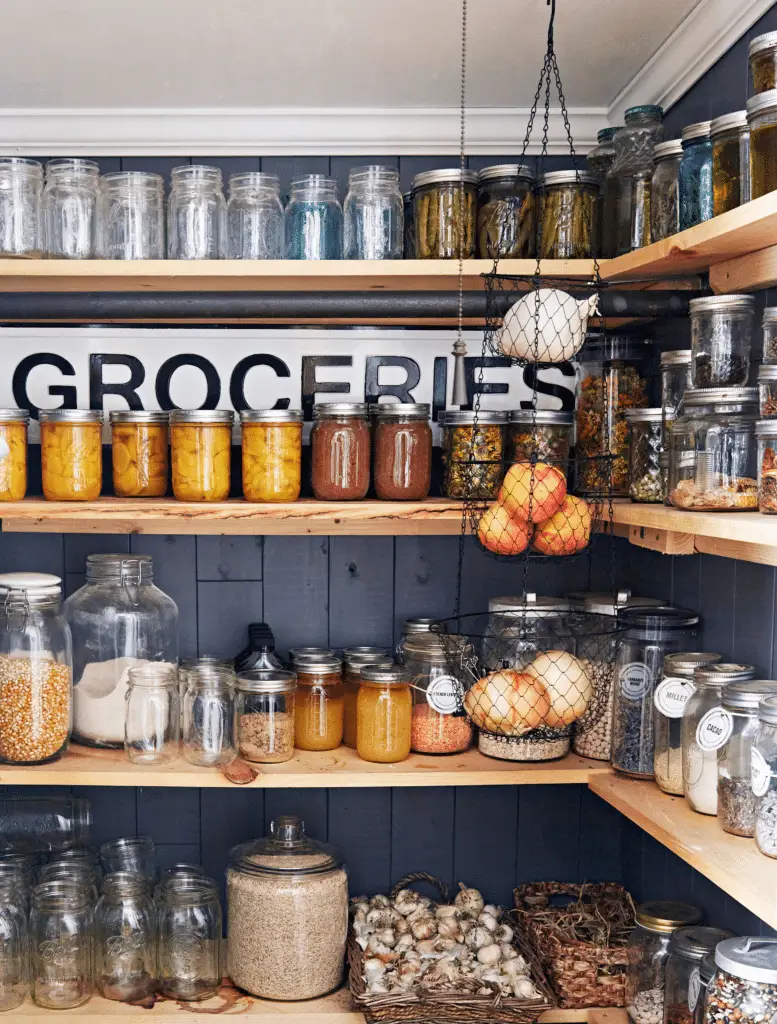
When it comes to organizing your canning pantry, maximizing space is key. Especially if you have a small storage area, utilizing every inch efficiently can make a big difference. Here are some creative ideas to help you make the most of your pantry space:
Vertical Storage Solutions
One of the most effective ways to maximize space in a small canning pantry is by utilizing vertical storage options. Install shelves that go all the way up to the ceiling to take advantage of the often-underutilized space above. This allows you to store more canned goods without taking up precious floor space.
Under-Shelf Baskets
Another clever storage solution is to use under-shelf baskets. These handy accessories can be attached to existing pantry shelves, creating additional storage space for smaller items like spices, packets, or even individual canned goods. By taking advantage of the space underneath shelves, you can free up valuable room for larger items on the main shelves.
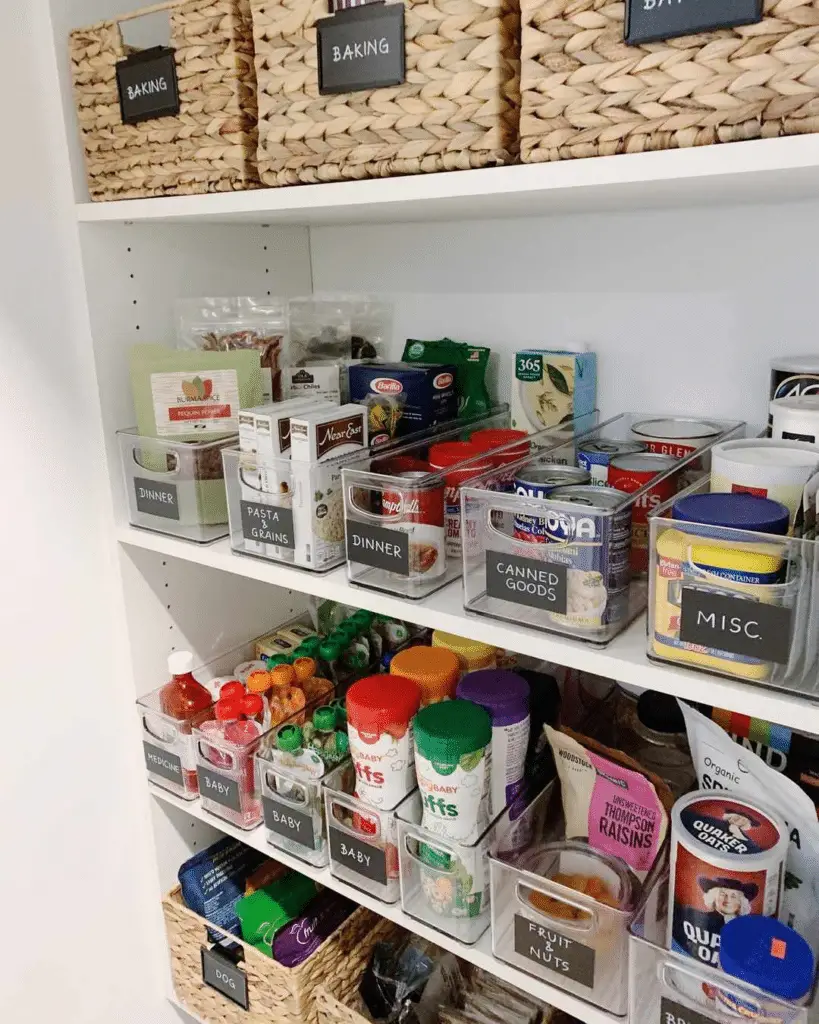
Before implementing these storage solutions, it’s important to take inventory of your canned goods. Knowing exactly what you have in stock will help you identify the best storage solutions for your specific needs. By keeping track of what you have, you can prevent overbuying or running out of essentials when you need them most.
By getting creative with vertical storage and under-shelf baskets, you can make the most of even the smallest canning pantry spaces. Remember, efficient pantry storage doesn’t have to be complicated; sometimes, simple solutions can make a big impact.
Classification Techniques for Canned Goods
When it comes to organizing your canning pantry, having an efficient system for classifying canned goods is crucial. By properly categorizing and labeling your canned items, you can easily locate what you need and ensure nothing goes to waste.
Effective Methods of Classification
One of the most common methods of classifying canned goods is by type. Whether it’s vegetables, fruits, soups, or sauces, grouping similar items together can streamline your pantry organization process. Additionally, consider organizing your canned goods by date of purchase or expiration to prioritize older items and avoid spoilage.
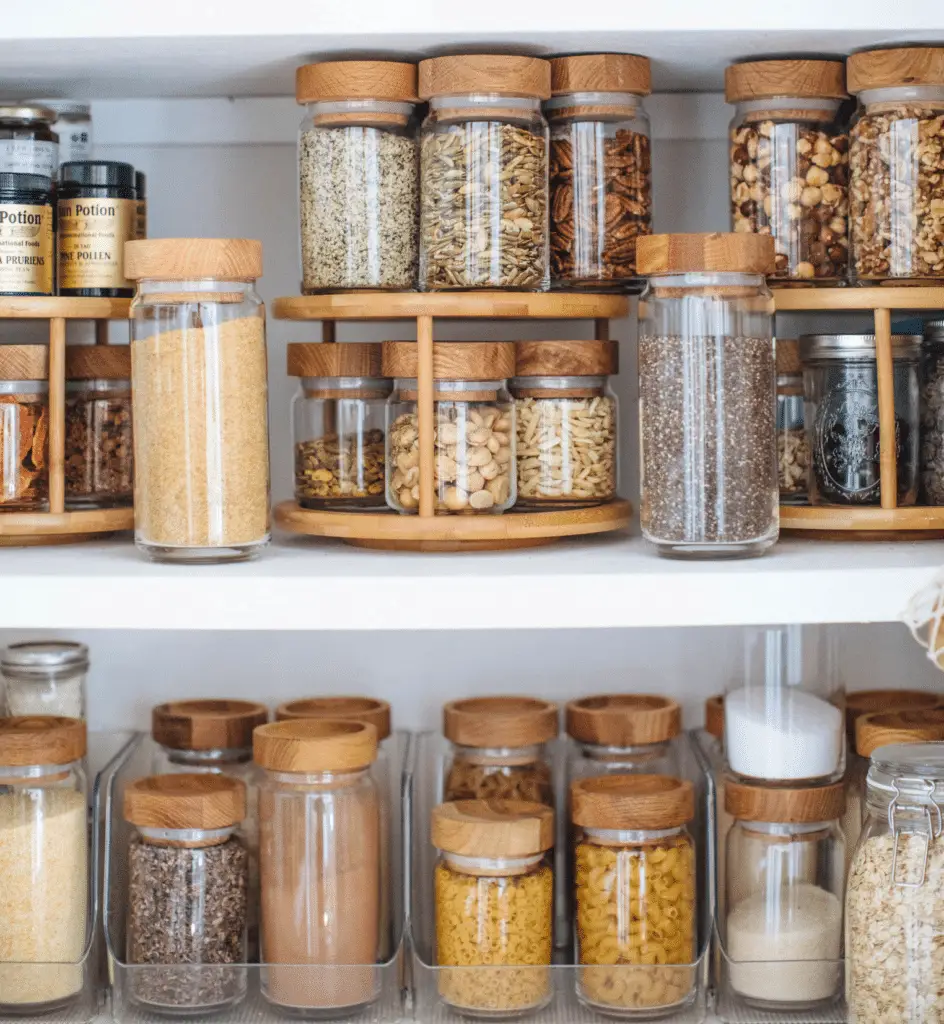
Another technique for categorizing canned goods is by usage frequency. By placing regularly used items at eye level or within easy reach, you can save time and effort when preparing meals. Reserve higher or lower shelves for items that are used less frequently but still essential to have on hand.
Benefits of Color-Coded or Labeled Systems
For effortless identification of canned goods, consider implementing a color-coded or labeled system in your pantry. Using different colored bins, baskets, or labels can help you quickly locate specific items without having to search through each shelf or container.
Labeling your canned goods with categories or expiration dates can also prevent confusion and ensure that items are used before they spoil. Invest in a label maker or simply use stickers and markers to mark each can or container with essential information.
By employing these classification techniques and incorporating color-coded or labeled systems, you can significantly improve the organization of your canning pantry. Not only will you save time and reduce food waste, but you’ll also create a visually appealing and functional space for storing your canned goods.
Maintaining Hygiene and Ensuring the Longevity of Canned Foods
Maintaining a clean and organized canning pantry is crucial for ensuring the longevity of your canned goods. Not only does proper hygiene prevent contamination, but it also helps preserve the freshness of your food for extended periods. Follow these essential tips to keep your pantry in top condition:
1. Cleanliness is Key
First and foremost, make sure to keep your canning pantry clean and free of dust, dirt, and pests. Regularly wipe down shelves, containers, and any surfaces where canned goods are stored. Use mild detergent or vinegar solutions for effective cleaning without harsh chemicals that may affect your food.
2. Proper Storage Conditions
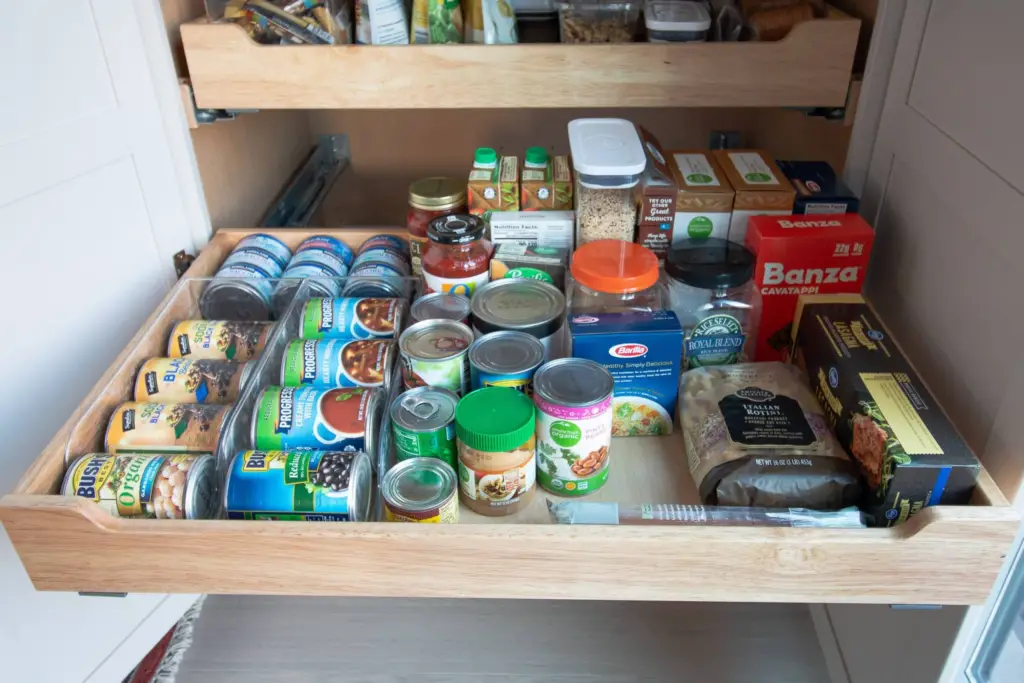
To maintain the quality of your canned foods, store them in a cool, dry place away from direct sunlight and extreme temperatures. Consider investing in airtight containers or seals to prevent air and moisture from affecting the contents. Rotate older canned goods to the front for easier access and use.
3. Check Expiration Dates
Always check the expiration dates on your canned foods and organize them based on their shelf life. Use the FIFO (first in, first out) method to ensure that you are consuming the oldest items first. Keep a regular inventory of your pantry stock to avoid letting items expire or go to waste.
4. Pest Control
Maintain a pest-free environment by sealing gaps, cracks, and crevices where insects or rodents can enter. Consider using natural repellents like bay leaves, peppermint oil, or cloves to deter pests without harmful chemicals. Store grains, flour, and other attractants in airtight containers to prevent infestations.
By following these tips for maintaining hygiene and ensuring the longevity of canned foods in your pantry, you can create a safe and efficient storage space for your supplies. Remember, a clean and organized pantry not only promotes food safety but also makes meal preparation more convenient and enjoyable.
Regular Audits and Clean-up
When it comes to keeping your canning pantry organized and efficient, regular audits and clean-ups are key. These tasks may seem daunting at first, but they are essential for ensuring that your canned goods are used before their expiration dates and that your pantry remains clutter-free.
The Need for Regular Audits
One of the most important reasons to conduct regular audits of your canning pantry is to ensure that you are using your canned goods before they expire. By taking stock of what you have on hand and noting the expiration dates, you can avoid the disappointment of finding expired items that need to be thrown away. Regular audits also allow you to identify any gaps in your stock and make a shopping list for replenishing your pantry.
Tips for Routine Clean-ups
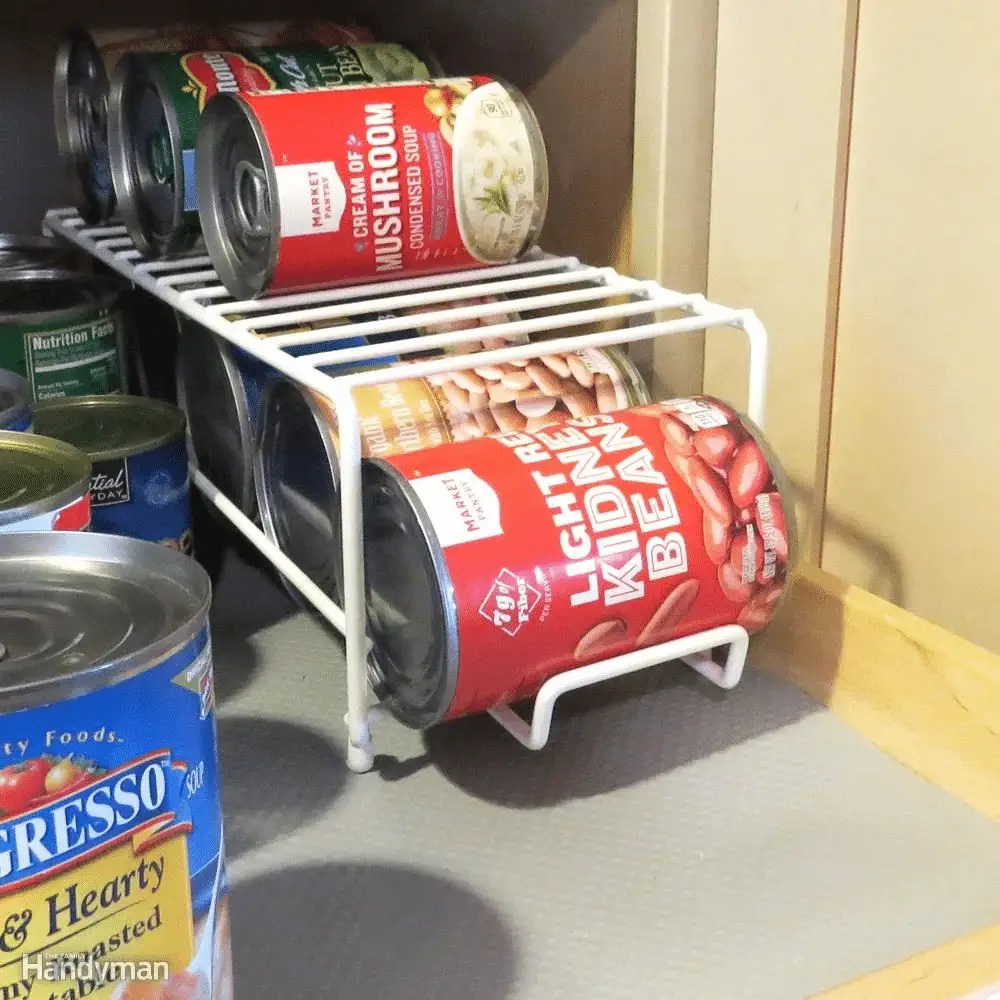
Keeping your pantry clean and organized is essential for maintaining a healthy and efficient storage space. Make it a habit to wipe down shelves, check for spills or leaks, and remove any expired or damaged canned goods during routine clean-ups. By staying on top of these tasks, you can prevent contamination and ensure that your canned foods remain fresh and safe to eat.
Importance of Regular Inventory Updates
In addition to conducting audits and clean-ups, it’s important to keep your inventory up to date. By regularly updating your pantry inventory, you can track which items need to be used soon and which need to be replaced. This practice not only helps you avoid waste by using up items before they expire but also allows you to maintain an efficient and well-stocked pantry.
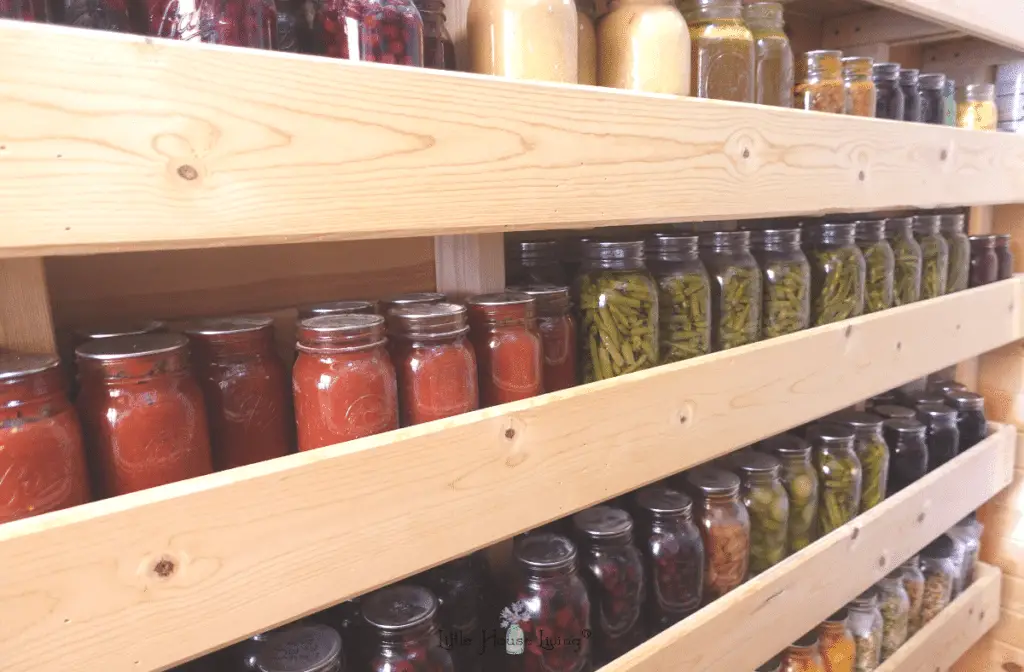
By incorporating regular audits, clean-ups, and inventory updates into your canning pantry routine, you can ensure that your pantry remains organized, clutter-free, and stocked with fresh and usable canned goods. These tasks may require some time and effort, but the benefits of an efficient and well-maintained pantry are well worth it in the long run.
Wrapping Up: Keys to a Well-Organized Canning Pantry
As we conclude our journey through the world of canning pantry organization, remember that a well-organized space is vital for efficiency, freshness, and overall pantry enjoyment. With creative storage solutions, proper classification techniques, hygiene maintenance, regular audits, and clean-ups, you can ensure your canned goods stay fresh and easily accessible. So, roll up your sleeves, dive into the world of organization, and let your canning pantry shine! Here’s to happy canning and a well-organized pantry!




